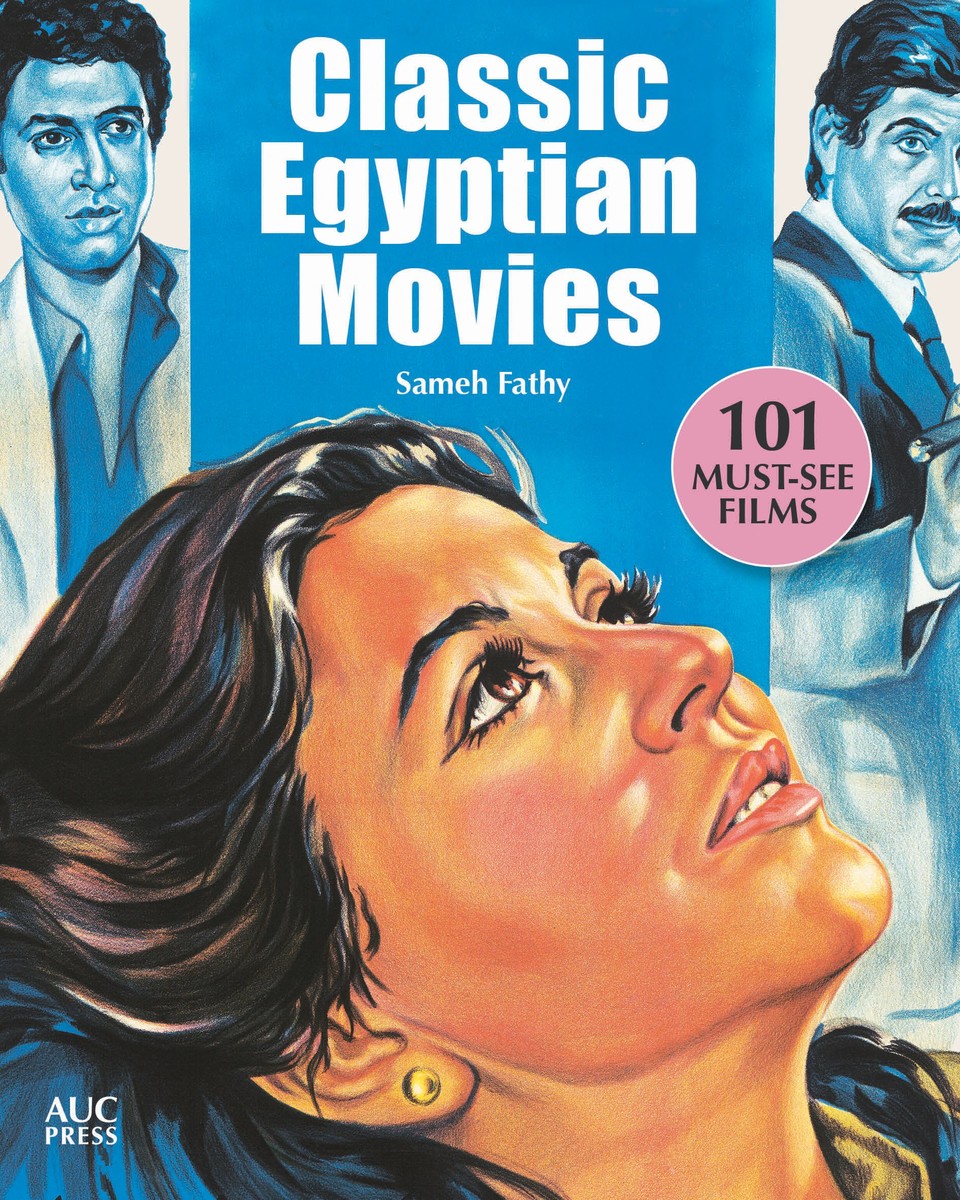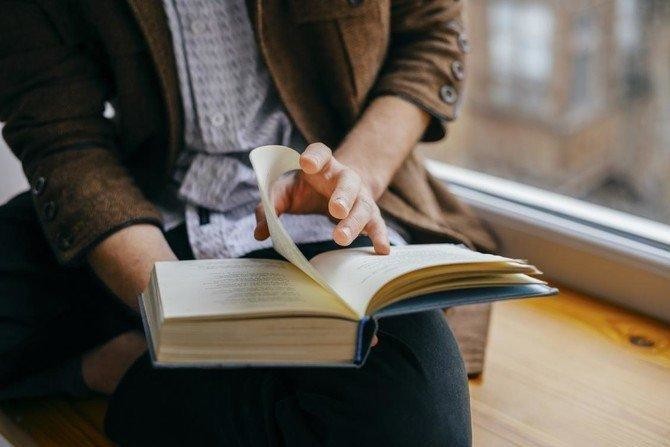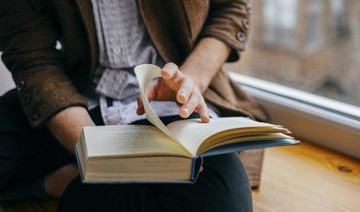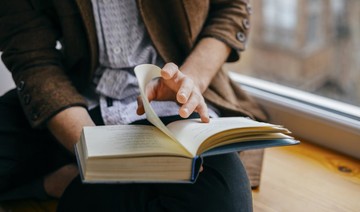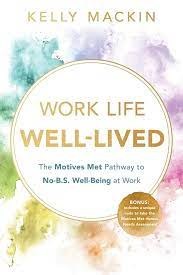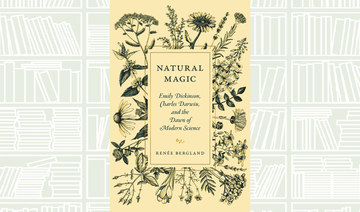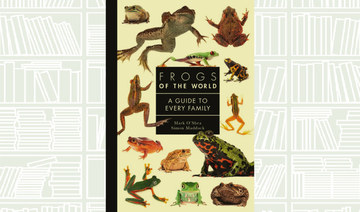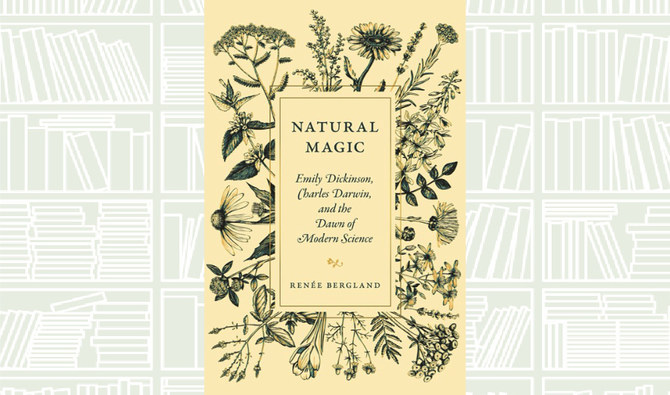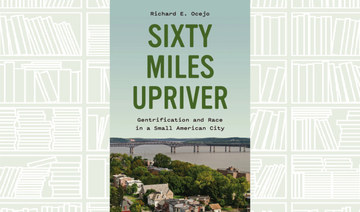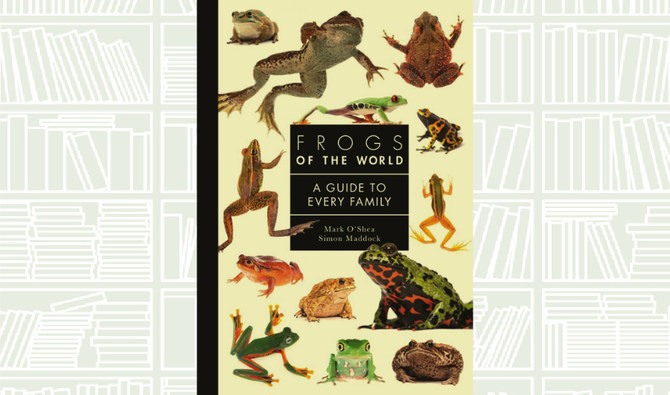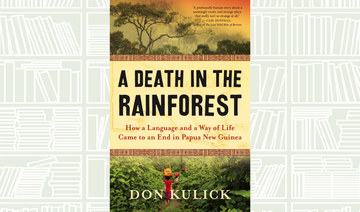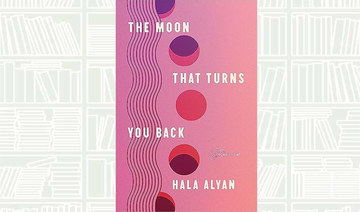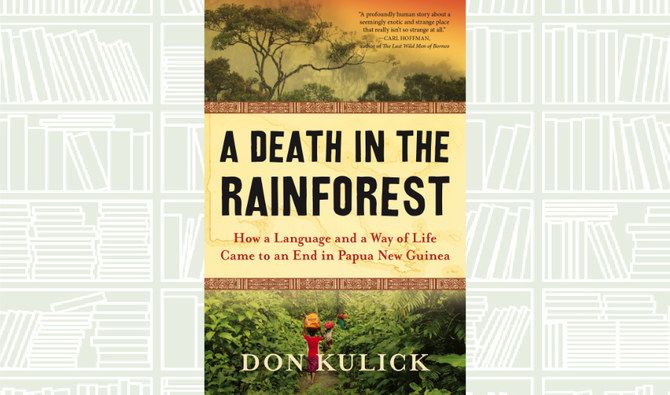BEIRUT: Egypt’s cinema industry is one of the oldest in the world. The first full-length film, “Layla,” was made in 1927. It was followed in the 1930s, 40s and 50s by the golden age of Egyptian cinema, which saw an exceptional outpouring of quality movies. Despite the ineluctable decline that followed, Egypt’s film industry remained the world’s third largest up until the 1980s.
Film critic Sameh Fathy has compiled a list of 101 must-see movies that represent Egyptian cinema at its best. First released in Arabic in 2017 as “Ahamm mi’at film wa-film fi-l-sinima Al-misri,” the book was translated into English as “Classic Egyptian Movies” and published recently by the American University in Cairo Press.
The book offers an unparalleled introduction to Egyptian cinema. “I made a few observations worth sharing, of which the most important is that Egypt’s pre-eminent novelist, Naguib Mahfouz, was in addition a prolific screenwriter. He also tops the list of authors whose stories have been most often adapted for film,” Fathy wrote.
Egypt has been lauded as one of the main cultural hotspots in the Arab world and produces an estimated 75 percent of the movies in the region, according to the book. However, Egyptian cinema is still largely unknown in the West, while Hollywood films are always popular in the Arab world. Despite the failure to break into the Western world, Egyptian films act as a powerful unifying device in Arab culture and to this day people from all walks of life never tire of watching old movies.
From classic comedies such as “Salam Is Fine” to adaptations of literature like “Call of the Curlew” and dramas like “The Second Wife,” Fathy guides readers through the world of Egyptian cinema, including the writers, producers, directors and stars who shaped the industry.
Of particular interest are the visuals that litter the book — vintage film posters and grainy stills punctuate the text, offering readers a glimpse into the cinemas of yesteryear.
These movies are part and parcel of world heritage and their recognition is long overdue.
